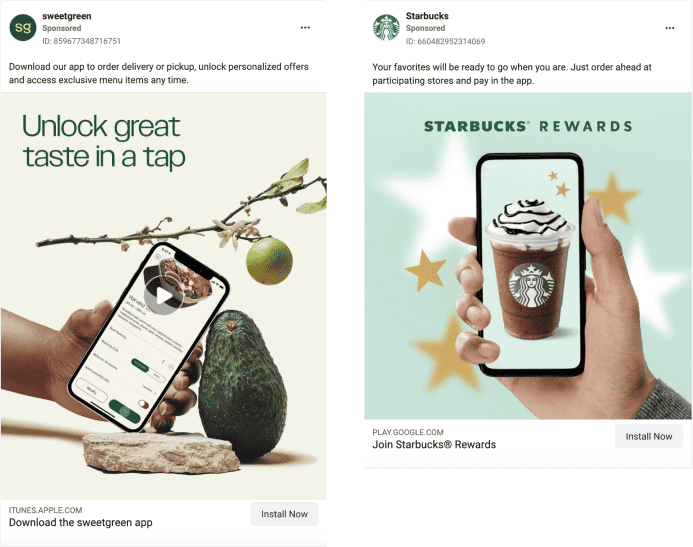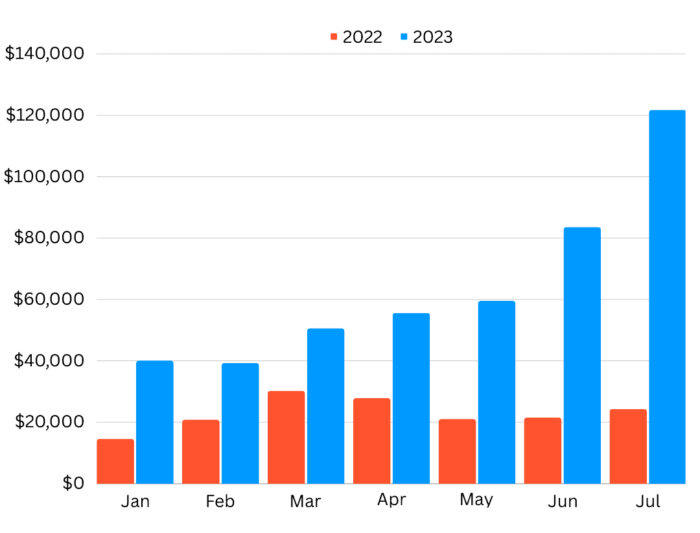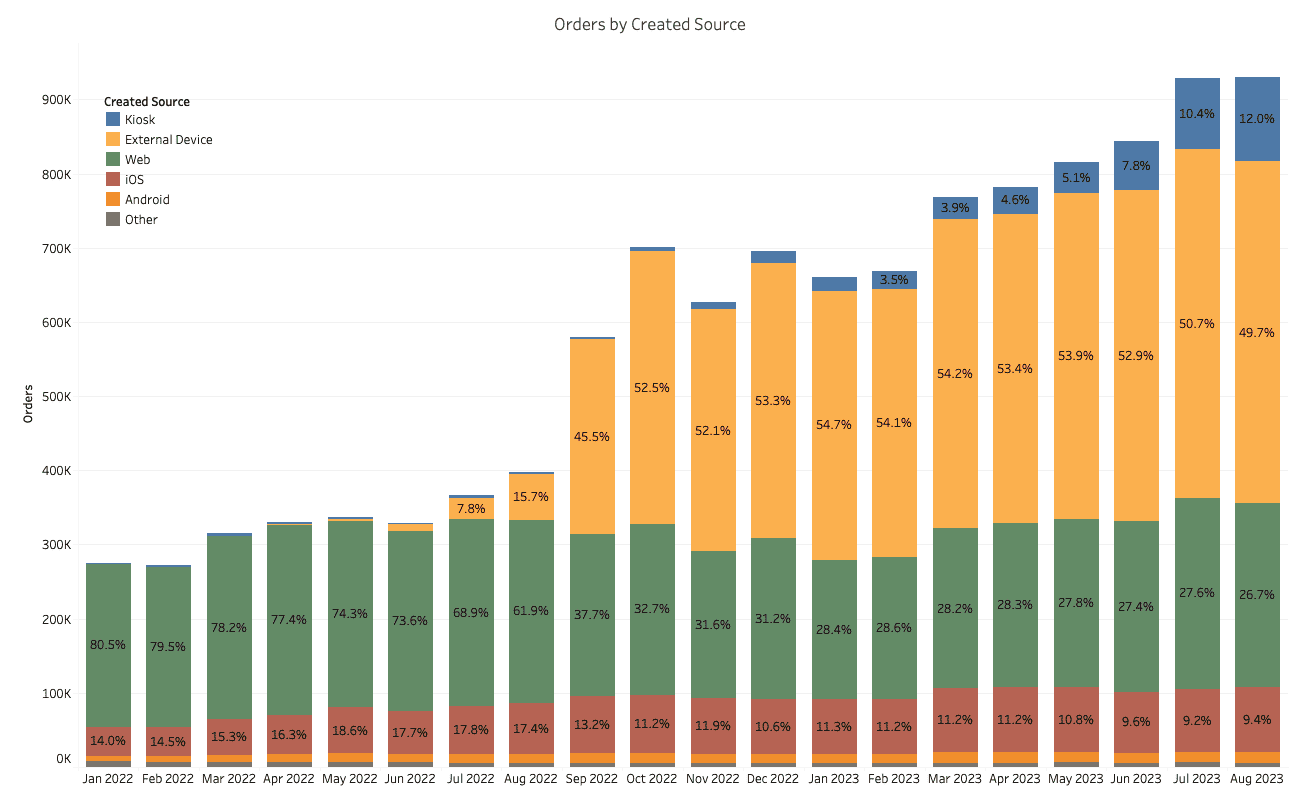
At this point, if you run a multi-unit restaurant or hotel operation, providing your guests with an online ordering channel is table stakes. Your questions shouldn’t revolve around if your brand should implement omni-channel online ordering – instead, you should be asking which platform works best for your operation, how you can implement it efficiently, and how long it will take to see a return on your investment.
Table of Contents
The benefits of providing a seamless customer experience across platforms like web, mobile, in-store kiosk, and drive-thru are well-documented, but just in case you need a quick refresher, here are just a few:
- Increase revenue – customers spend an average of 20-30% more per ticket when placing orders online through digital channels compared to non-digital orders.
- Improve efficiency – with streamlined, guest-directed orders and payments, you can serve more customers in less time, reduce labor costs, and your staff can spend their time focused on the aspects of your operation that matter most.
- Meet customer expectations – 40% of customers prefer to place digital orders through a restaurant’s owned channels rather than a 3rd-party app.
- Get to know your customers – 1:1 customer analytics derived from digital ordering data can help you build your brand, better engage with customers, and inform business decisions like menu items and pricing, where to open your next location, inventory management, and more.
What does an online ordering platform cost and how long to implement?
Answers to this question can vary widely depending entirely on which platform you choose and which features you’re interested in. Typically, vendors will charge an up front investment for the initial setup along with a monthly fee per store and a small fee per transaction.
If you’re implementing a simple web-based ordering system for a handful of locations, you can likely be up and running within a few weeks. If you plan to add additional channels like a native iOS/Android app, loyalty, or hardware like on-site kiosks or a mobile POS system, that can add to your cost and time of implementation.
Another factor to consider beyond the cost of the online food ordering platform itself is how much you want to invest in marketing and promoting the platform. That marketing investment will vary depending on what your goals are.
If your goal is simply to provide your guests with a convenient ordering option so your brand can keep up with the competition, you may be able to get away with straightforward, low-cost options like adding order links to your website and social media channels. However, if you want to turn your online ordering channels into true revenue drivers, you will need to strategize and invest significantly more in your marketing. Print collateral, in-store signage, social media ads, and CTV ads are all effective ways to drive adoption. Click here to see our guide on How To Promote Online Ordering at Your Restaurant.


What does it take to achieve ROI?
Now, let’s address the elephant in the room. How long until you start seeing the green from your digital investment? Well, the journey to ROI isn’t a sprint; it’s more of a marathon, sometimes with a scenic route.
However, before you can even start to think about cash flowing in, selecting the right partner is a key piece of the ROI puzzle. Choosing an API-driven platform that integrates seamlessly with your existing tech stack will save you time, money, and lots of headache. If you sign on with a partner and later find out the tech does not integrate with your current systems, you could be stuck paying a lot for middleware or replacing your system entirely. Therefore, it’s extremely important to have thorough conversations in regard to your current tech stack, integrations, and steps to implementation before signing any kind of contract.
Once you find the right partner, implementing the system, training your staff, and aligning it with your existing processes will also demand some effort before that R on your I starts flowing. But fear not, the fruits of your labor are worth the wait.
Revenue Generated from Online Ordering – Real World Examples:
Again, everyone’s path to ROI is different depending on how your operation is set up, number of locations, budget, goals, and your marketing investment, among other factors.
That said, let’s take a look at some real world examples from CardFree restaurant and hotel partners that have made omni-channel online ordering a key aspect of their business.
The chart below documents revenue via online ordering at one of our hotel partners from January to July, 2023 compared to the same time period the previous year. The chart illustrates that revenue growth was relatively stagnant the first year, as the brand rolled out their online ordering channels, trained staff, and promoted the technology to their guests. In year 2, it’s clear that those initial growing pains paid off, as the brand saw consistent month-over-month jumps in revenue.

The following chart comes from one of our multi-unit QSR partners. The left side compares revenue growth at existing stores compared to new stores over 3 years, showing that original store growth is consistent, while new store growth takes larger leaps. Additionally, the brand’s original stores using CardFree account for 35% of overall increase in sales from year 2 to 3. The right side compares order source in relation to total sales, illustrating that our web vertical remains the strongest and most consistent order source, while iOS and Android orders continue to grow each year. This shows us that as consumers adjust their habits and become accustomed to new technology over time, adoption grows.

A concern we hear a lot from customers is the idea that adding new order and pay channels will increase their investment while cannibalizing sales from existing channels. While that concern may be valid for certain operations, the chart below from one of our hotel partners can dispel some of that worry. It shows that as we added new order and pay channels like kiosks and external devices (EMV or mobile POS), total sales increased while sales from other order sources like web and mobile app remained relatively unchanged.

While there is no magic formula to success and the road to ROI may have its twists and turns, the success stories of our partners at CardFree demonstrate the significant rewards waiting at the finish line. By selecting the right partner, aligning with your existing tech stack, and strategically investing in marketing, you’ll not only meet customer expectations but exceed them, driving revenue growth and operational efficiency.
If you’re ready to take the next step and see how our expertise at CardFree can guide you on your journey to ROI, drop us a line and we can talk it over.
